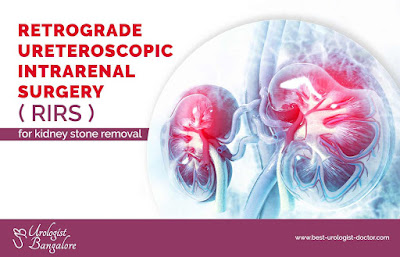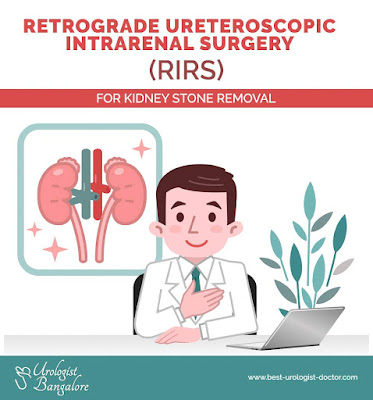What is Stress Urinary Incontinence?
Sudden uncontrollable leak of urine with sudden increase in intra-abdominal pressure like coughing and sneezing.
A patient who complains of an involuntary or sudden passing of urine is said to be suffering from Urinary Incontinence. The sudden passing of urine could be due to any effort generated by sudden forceful bodily actions like coughing, sneezing, exercising and laughing, and is termed as Stress Urinary Incontinence. This disorder is the most common urinary incontinence in women.
What are the main causes of Stress Urinary Incontinence?
The main cause is weakness in pelvic floor muscles that support the pelvic organs. The factors primarily causing this condition could be due to various reasons or habits formed over a period of time, such as:
- Increasing Age
- Obesity
- Prostate surgery
- Smoking, as it causes cough
- Prolapse
- Hormonal deficiencies
- Constipation
- Pregnancy
How is Stress Urinary Incontinence treated?
The treatment that you need to undergo would depend on the causes of your problem. Your doctor will plan your treatment depending on the level or stage of your disease. You may be required to undergo a combination of lifestyle alterations and medication.
- Behavioural Therapy
By bringing small changes in your lifestyle, you may be able to reduce the stress incontinence episodes. Your doctor may advise you the following:
- Weight loss, if you are over weight
- Proper and sufficient Fluid Intake
- Physiotherapy - Pelvic Floor Exercises
- Cut back on smoking
- Reduce caffeine intake
Though there still aren’t many options when it comes to medicines, many doctors recommend dulaxitin, however it must be kept in mind that no medicine should be taken without your doctor’s prescription/consultation.
3. Surgery
A severe case of stress incontinence that interferes with your everyday activities may be treated through surgery. A qualified surgeon would be able to explain to you the available options.
If you or someone you know is suffering from Stress Urinary Incontinence, immediate medical help must be sought so that timely diagnoses can be made and the best solution can be worked upon.






